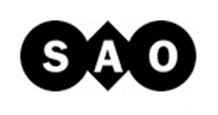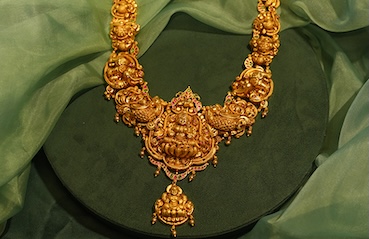Published: 21 May 2018
Everything you need to know about gold hallmarking in UK

Gold in its purest form is extremely soft and infinitely malleable. Thus, it is mixed with lesser metals to achieve the desired strength, colour, etc. required for use in jewellery or various other items. But the extent to which gold is mixed with others cannot be possibly observed with the naked eye. Therefore, a hallmark is needed to inform buyers of the purity of their purchase.
But did you know that gold hallmark signs vary from country to country?
In the UK, all gold products need to be hallmarked before they are sold in the domestic market. The marking mandates recognition of the sponsor, purity, and the assaying office. Some items also carry the date of hallmarking
-
Compulsory marks
-
The sponsors mark is the unique mark of the company or person responsible for sending the article for hallmarking. It could be the original manufacturer, importer, wholesaler, retailer or an individual registered with an Assay Office.

-
The standard hallmark demonstrates the standard of fineness, i.e. the purity of the precious metal content in parts per 1000. For example, 18 karat gold is 750 parts per 1000 by weight.

-
The assay office mark shows which one of the four assay offices tested and marked the item.

-
The sponsors mark is the unique mark of the company or person responsible for sending the article for hallmarking. It could be the original manufacturer, importer, wholesaler, retailer or an individual registered with an Assay Office.
-
Optional marks
-
The date mark defined by a stamped letter shows the year in which the article was hallmarked.

-
The traditional marks are sometimes used to show the type of metal.

-
The commemorative marks are special hallmarks to celebrate major events such as the Queens Golden Jubilee (2002) and the passing of the Millennium (1999 – 2000).

-
The international conventional marks that the UK has been a signatory to.

-
The date mark defined by a stamped letter shows the year in which the article was hallmarked.
What are the rules that surround hallmarking in the UK?
The main offence under the UK Hallmarking Act 1973 is based on description. It is an offence for any person in the course of trade or business to:
- Describe an un-hallmarked article as being wholly or partly made of gold or any precious metal
- Supply or offer to supply un-hallmarked articles to which such a description is applied
When is the hallmark not required?
There are quite a few exemptions to hallmarking in the UK. Here is the list of exempted articles most relevant in terms of gold purchases:
- Items weighing less than 1 gram
- Any article of gold thread
- Any article which has been used, or is intended to be used, for medical, dental, veterinary, scientific or industrial purposes
- Any coin which is, or was formerly at any time, current coin of the United Kingdom or any other territory
For a full list of exempted items, click here.
If you have bought gold in the UK and are planning to carry it back to India, make sure you read this to know the necessary rules and regulations: Everything you need to know while travelling with gold.











